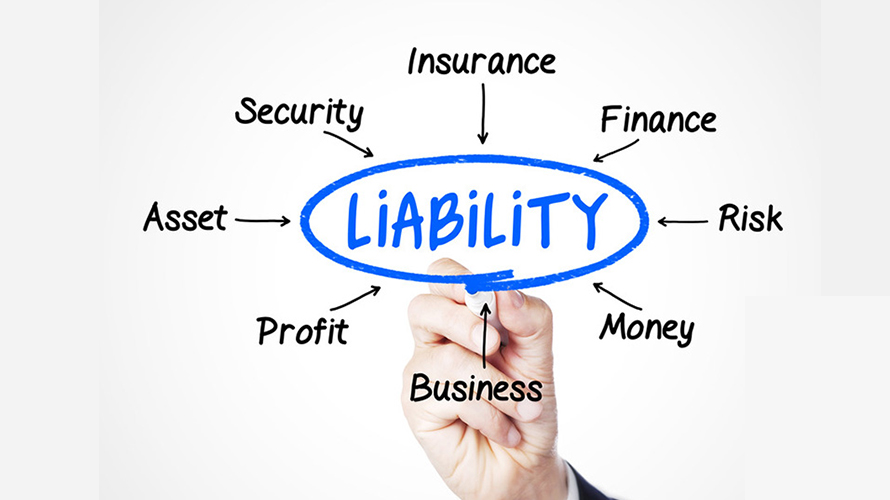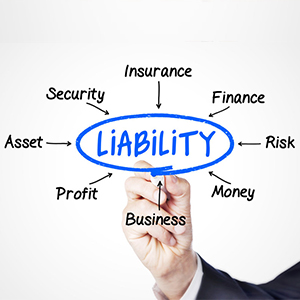What Are Current Liabilities?
If we have developed associations with the accounting units in various regions in the world, then the term ‘current liabilities’ should ring bells for each one of us.

It should be in our best interest that such elements are considered as debts and obligations that companies clear off within a year’s time or more. The current liabilities are written under the company’s balance sheet including, accounts payable, accrued, short and long-term liabilities along with other debts that companies usually use.
Furthermore, the current liabilities are often seen as the bills that are required to pay to the creditors or those who deliver merchandise to the companies in a short span of time. From what we’ve understood, a company either clears off the liabilities through cash or liquidates its bankable machines to makes the ends meet.
Other Information:
While evaluating the ‘cash ratio’ of the companies, as it sheds light over how strong entities can get when it comes to clearing off the current liabilities, the business setups or organizations are either seen taking short-term loans from the financial institutes or exclusive services from the vendors along with setting up a contract, which underlines the actual date of clearing off funds, goods and services.
The in-depth analysis states that ‘Accounts Payable’ holds the largest chunk of the liability when we’re setting up the company’s financial accounts and so on. It emphasizes over the invoices that companies have not paid; either it’s the material supply or clearing off the debts for the production process. In addition, there are various companies that use the column “All Other Liabilities” within the balance sheet to put light on the non-classified elements falling under the debt category.

